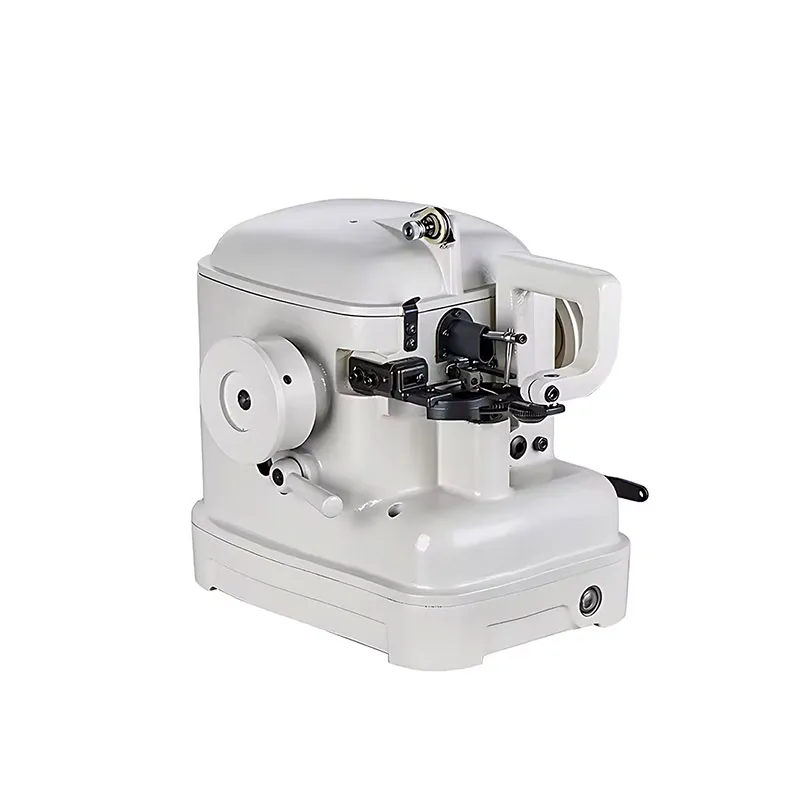Understanding the Upper Drawing Machine: A Comprehensive Guide
2024-10-31
In the manufacturing and fabrication industry, efficiency and precision are paramount. One machine that embodies these qualities is the upper drawing machine. Designed for various applications, this innovative piece of equipment plays a crucial role in the production of metal components, ensuring that the desired shapes and dimensions are achieved with minimal waste. In this blog, we will explore the upper drawing machine's functionality, applications, advantages, and its significance in modern manufacturing.
What is an Upper Drawing Machine?
An upper drawing machine is a specialized piece of equipment used primarily in the metalworking industry to draw and shape materials, typically metals like steel, aluminum, or copper. This machine operates by pulling or stretching a metal workpiece through a die, which creates a more elongated and refined shape. The process enhances the material's mechanical properties while achieving the desired dimensions.
Upper drawing machines can vary in complexity and size, from manual units for small-scale operations to fully automated systems designed for high-volume production. Regardless of the design, the fundamental principle remains the same: to transform raw materials into precisely formed components.
How Does the Upper Drawing Machine Work?
The operation of an upper drawing machine can be broken down into several key steps:
1. Material Preparation: The metal workpiece is prepared and cut to the appropriate length and thickness. It is essential to ensure that the material is free of defects to achieve optimal results.
2. Heating (if required): Depending on the material and the thickness of the workpiece, it may be necessary to heat the metal before drawing. Heating reduces the metal's yield strength, making it easier to shape without cracking or breaking.
3. Drawing Process: The prepared metal is fed into the machine and pulled through a specially designed die. As the workpiece passes through the die, it is stretched and reshaped according to the desired specifications. The drawing process can be continuous or performed in stages, depending on the complexity of the final product.
4. Cooling and Finishing: After drawing, the metal may need to be cooled to room temperature, especially if it was heated prior to the drawing process. Finishing processes such as cutting, grinding, or polishing may also be applied to achieve the desired surface quality and dimensions.
Applications of the Upper Drawing Machine
Upper drawing machines are versatile and find applications in various industries, including:
- Automotive: Used to produce components like axles, rods, and tubes that require high strength and precision.
- Aerospace: Essential for manufacturing parts that must meet strict safety and performance standards, such as aircraft frames and engine components.
- Construction: Utilized for producing structural elements like beams, columns, and reinforcements that are critical for building stability.
- Electronics: Important in creating intricate metal parts used in devices, ensuring precision and functionality.
- Consumer Goods: Employed in the manufacturing of items such as kitchenware and hardware, where durability and design are key factors.
Advantages of Using an Upper Drawing Machine
The upper drawing machine offers several advantages that make it a valuable asset in manufacturing processes:
1. Enhanced Material Properties: The drawing process improves the strength and durability of the metal, making it more suitable for demanding applications.
2. Precision and Consistency: These machines provide high levels of accuracy and repeatability, ensuring that every component produced meets stringent specifications.
3. Reduced Waste: The ability to draw metal to specific dimensions minimizes material waste, contributing to cost-effectiveness and sustainability.
4. Versatility: Upper drawing machines can accommodate a wide range of materials and shapes, making them adaptable to various manufacturing needs.
5. Increased Efficiency: Automated upper drawing machines can significantly enhance production rates, allowing manufacturers to meet high demand while maintaining quality.
Conclusion
The upper drawing machine is an essential tool in the modern manufacturing landscape, providing efficiency, precision, and versatility in metal processing. Its ability to transform raw materials into high-quality components makes it invaluable across numerous industries. As technology continues to evolve, upper drawing machines are likely to incorporate more advanced features and automation, further enhancing their capabilities and impact on production processes.
For manufacturers seeking to improve their operational efficiency and product quality, investing in an upper drawing machine can be a game-changing decision, paving the way for enhanced performance and competitiveness in the market.



